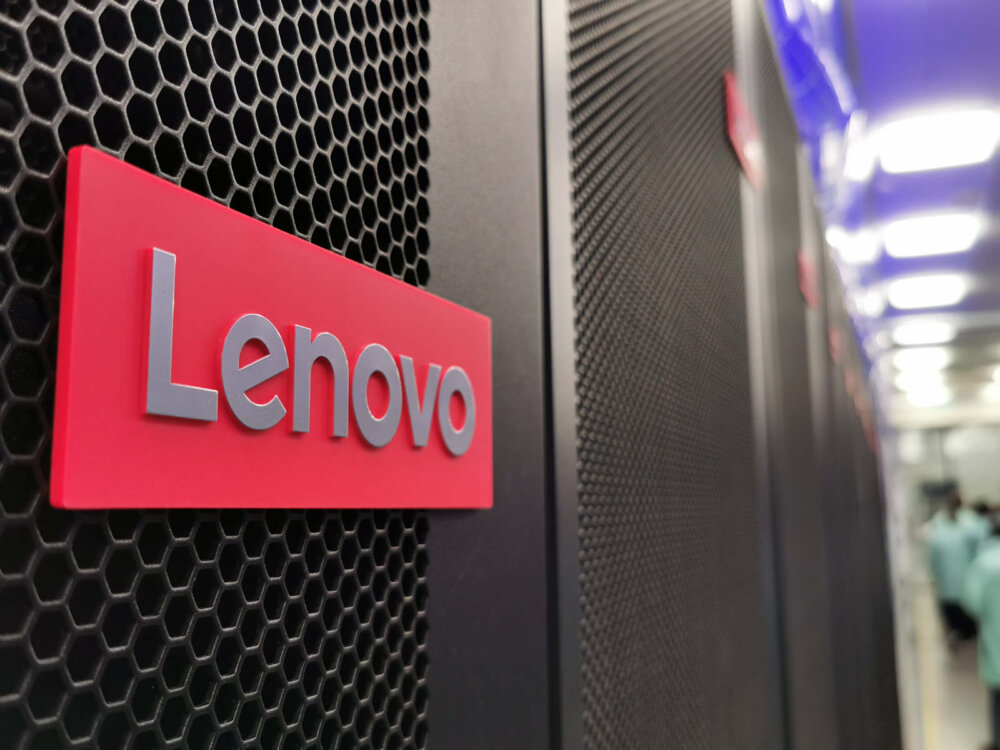
What is machine learning?
Machine learning (ML) is a type of artificial intelligence. It refers to software that develops its own algorithms for processing data. ML systems may also adapt and refine their models in response to external feedback.
How does machine learning work?
There are two main types of machine learning. Supervised ML is used to train a system to carry out a specific task: the computer processes a set of data, and then a human (or another program) rates how closely its output matches the desired result. Through trial and error, the system “learns” how to achieve consistently high ratings.
Unsupervised machine learning more generally identifies patterns in data, such as correlations between different database values. A particular approach called “deep learning” uses multi-level algorithms, where the output of one ML system is fed into another, in order to derive high-level insights from large or complex data sets.
What are some practical applications?
Many speech-recognition and language-processing platforms use algorithms developed by supervised machine learning. The same principles can be applied to translation and image-recognition systems.
Unsupervised ML techniques are often used to tailor a user experience, such as predicting what information or features a website visitor will want to access based on their activity profile. Such algorithms can also inform financial predictions and projections, or raise the alarm when the numbers don’t match the normal pattern.
How can my business make use of machine learning?
It’s not practical for most companies to develop their own ML systems, but several cloud platforms offer “machine learning as a service”, including AWS Machine Learning, Google Cloud Machine Learning, IBM Watson and Microsoft Azure ML Studio.
These platforms let businesses import their data into pre-built ML systems, to extract correlations or train desired behaviours. They also provide an easy way for developers to integrate pre-trained ML features – including text-to-speech, object recognition and interactive chatbot functions – into their own products and services.
What are the downsides of ML?
ML allows software to take on many tasks that previously required a human. It’s therefore likely to have an impact on companies’ employment requirements and workers’ roles.
Machine learning technology is also susceptible to bias. With supervised ML, the training process may be unconsciously influenced by the humans who assess the results. Any imbalances in the supplied training data could also lead the ML system to reach biased conclusions.
A final concern is that, because ML systems develop their own rules, they’re not transparent – not even to the programmers who create them. Their workings cannot be easily audited, and in the case of an error it may not be clear who is accountable, or how the situation can be remedied.
What is machine learning: summary
- Machine-learning systems develop their own data-processing algorithms.
- Several cloud providers offer machine learning as a service, enabling businesses of all sizes to take advantage of ML technologies.
- Supervised ML systems refine their processes by responding to external feedback.
- Unsupervised ML can be used to find hidden connections and patterns in a body of data.
NEXT UP

Dear Lord, let this be the last World Password Day
Security expert Davey Winder explains why he wants this to be the last World Password Day ever and prays for World Passkey Day instead

Mark Allen, Head of Cybersecurity at CloudCoCo: “It’s alarming to witness the extent to which deepfakes can be weaponised”
Mark Allen, Head of Cybersecurity at CloudCoCo, provides what amounts to a step-by-step guide to keeping your business more secure against cyberattacks – including deepfakes

Inside Lenovo’s Budapest factory: making workstations more sustainable
Lenovo has just switched on 5,072 solar panels to make its Budapest factory more sustainable. We go behind the scenes